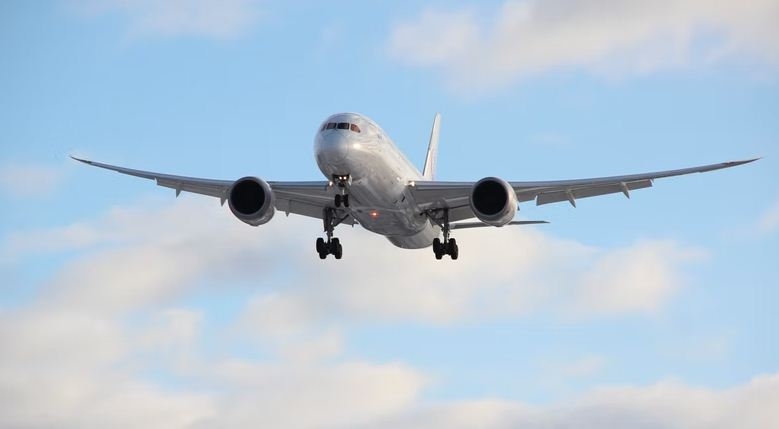New Delhi: India’s aviation regulator, the Directorate General of Civil Aviation (DGCA), has issued a fresh set of directives for airport operators to check incidents of collision of planes with birds and other animals in the wake of such incidents recently.
The DGCA guidelines said that aerodrome operators are required to deploy wide range of methods and techniques to minimise the collision between wildlife and aircraft which includes carrying out routine patrols in random patterns, informing pilots whenever there is any wildlife activity, regular surveillance to spot hazardous wildlife, and to record and monitor wildlife/bird movement data.
Regularly monitoring of buildings and other infrastructure for nests and roosts along with regular pruning to get rid of dense growth has been recommended.
The DGCA has also sought a report from aerodrome operators on a monthly basis on the action taken.
The circular, titled: “Management of potential wildlife hazards at licensed aerodromes”, says: “The activity of birds and animals in and around an aerodrome is a potential source of hazard to safe operation of aircraft and possibility of collision between an aircraft and birds/animals. Wildlife strikes pose a significant threat to flight safety and have caused a number of accidents and incidents in India.”
There have been various incidents of bird hits during the last few weeks. On August 4, Go First’s flight to Chandigarh returned to Ahmedabad on Thursday after suffering a bird hit.
On June 19, an engine on a SpiceJet Delhi-bound aircraft carrying 185 passengers caught fire soon after it took off from the Patna airport and the plane made an emergency landing minutes later. The engine malfunctioned because of a bird hit.
Aircraft Rules prohibit dumping of garbage and slaughter of animals that may attract wildlife within 10 km of an airport.
“At the aerodrome, the main objective is to bring about a change in wildlife behaviour so that they do not enter the critical safety zones where the aircraft operates. Habitat management is probably the most important method of preventing or reducing wildlife strikes on and around an aerodrome. Modifications to the aerodrome’s habitat/ environment to eliminate or exclude food , water and shelter can limit the attractiveness of birds and other wildlife at aerodrome,” it said.
The airports must have a procedure to monitor and record wildlife movement data, it said. The airports should also have a procedure to notify pilots “in response to any significant wildlife concentration or activity both on and in the vicinity of the airport”, it mentioned.
Routine patrolling is the core of the wildlife hazard management programme, it said. The patrols should be carried out in random patterns rather than a regular route so that wildlife do not learn or become accustomed to the timing of patrols, it added.
Airport operators have been advised to establish procedure to inform pilots if there is a significant wildlife concentration or activity in or near an airpot. Runway safety inspections will need to be performed along with other wildlife hazard management patrols.
The regulator has issued two ways – passive and active management – to control this issue that aggravates during monsoon when wildlife activities increase and “pose a serious threat to aerodrome operational safety. Most wildlife incidents occur at critical phase of flight resulting in structural damage to an aircraft”.
IANS
